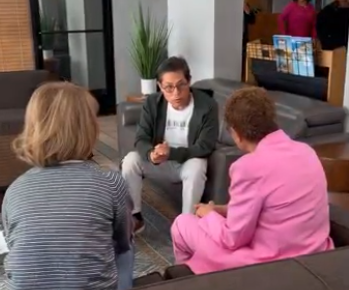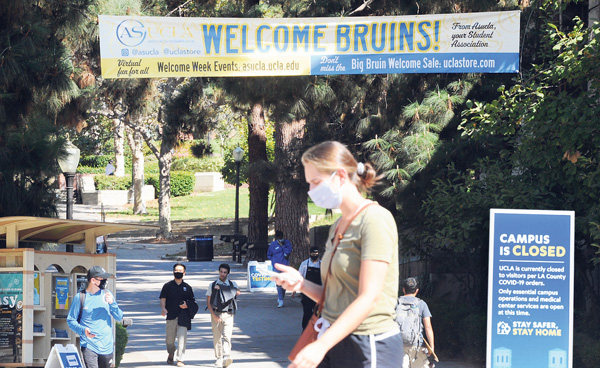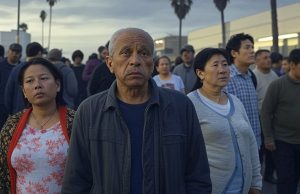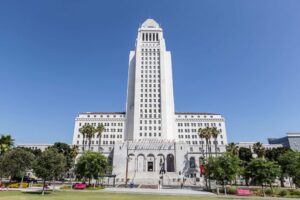The shortage of public restrooms in Los Angeles is an inconvenience felt by everyone, yet the city continues to ignore this issue. When citizens face urgent situations, finding a restroom is not easy, leading to public urination incidents becoming commonplace on LA streets.
Despite hosting major international events and seeing an increase in tourists, why is LA City hesitant to install public restrooms? Behind this hesitation lies not just a simple budget shortage, but more complex political circumstances.
1. Maintenance Costs and Administrative Irresponsibility
Installing public restrooms is less challenging than maintaining them. The city must continuously allocate personnel for cleaning, repairs, and security, which requires substantial funding. However, LA City’s budget is already stretched thin with homelessness issues, public safety concerns, and social welfare programs.
The responsibility for management remains unclear. Determining which department will oversee the facilities once installed is time-consuming. City Hall tends to delay decisions as departments like Transportation, Parks, and Health shift responsibility to one another. Ultimately, citizens bear the brunt of this bureaucratic inaction.
2. Concerns About Misuse and Crime
LA City worries that public restrooms could become hotbeds for criminal activity. The city primarily argues that there’s potential for long-term occupation by homeless individuals or illegal activities such as drug use. These problems could worsen if management personnel are insufficient.
However, these concerns are somewhat exaggerated. Other major cities have successfully implemented crime prevention and cleanliness maintenance through advanced technologies like “smart restrooms.” At its core, the problem is the city’s lack of political will.
3. Political Burden and Local Resident Opposition
Public restroom installation often triggers NIMBY (Not In My Back Yard) reactions. Residents voice opposition due to concerns about sanitation and security deterioration. Fearing such backlash, council members choose political survival over problem-solving, prioritizing not losing votes.
Public restrooms don’t represent visible political achievements and can easily become targets for criticism if problems arise. Therefore, council members prioritize immediate political gains over long-term citizen welfare.
4. Avoiding the Homelessness Issue
The public restroom issue is connected to LA’s serious homelessness crisis. The city fears that restrooms could become major gathering points for homeless individuals, thus avoiding fundamental solutions.
The argument suggests that without resolving homelessness, installing public restrooms could spark political controversy. However, this is merely an excuse to postpone addressing the problem. Public restrooms are basic facilities that guarantee minimum dignity as human beings.
The absence of restrooms doesn’t make the homelessness problem disappear; rather, it creates a more unsanitary environment.
Conclusion: Citizens’ Voices as the Beginning of Change
The reason LA City neglects the public restroom issue is clear: political responsibility avoidance and pursuit of short-term interests take precedence over citizens’ inconvenience. However, this attitude only deteriorates the city’s long-term quality of life.
It’s time for citizens to make their voices heard. Raising awareness through media, pressuring the city council, and demanding restroom installations through signature campaigns and public hearing participation are necessary. Making politicians unable to ignore citizens’ anger and demands will be the beginning of change.
While LA’s streets are bustling with tourists and citizens, restrooms remain difficult to find. Until that day comes, we must continue to ask: “How long will LA City ignore its citizens’ most basic needs?”








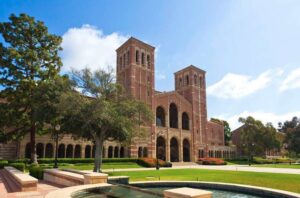







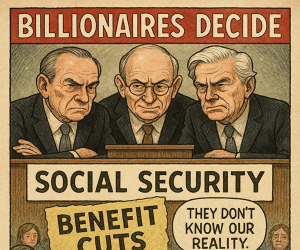




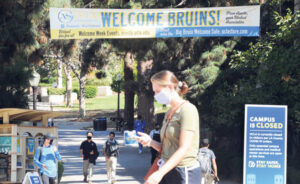




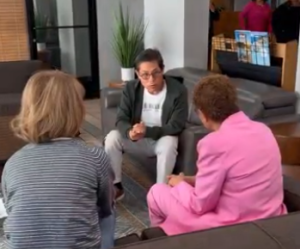















 이민 당국 일방적 조치
이민 당국 일방적 조치 











